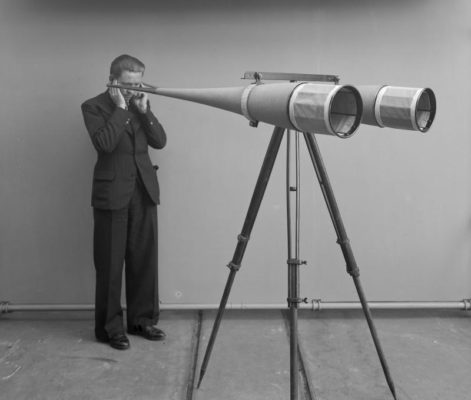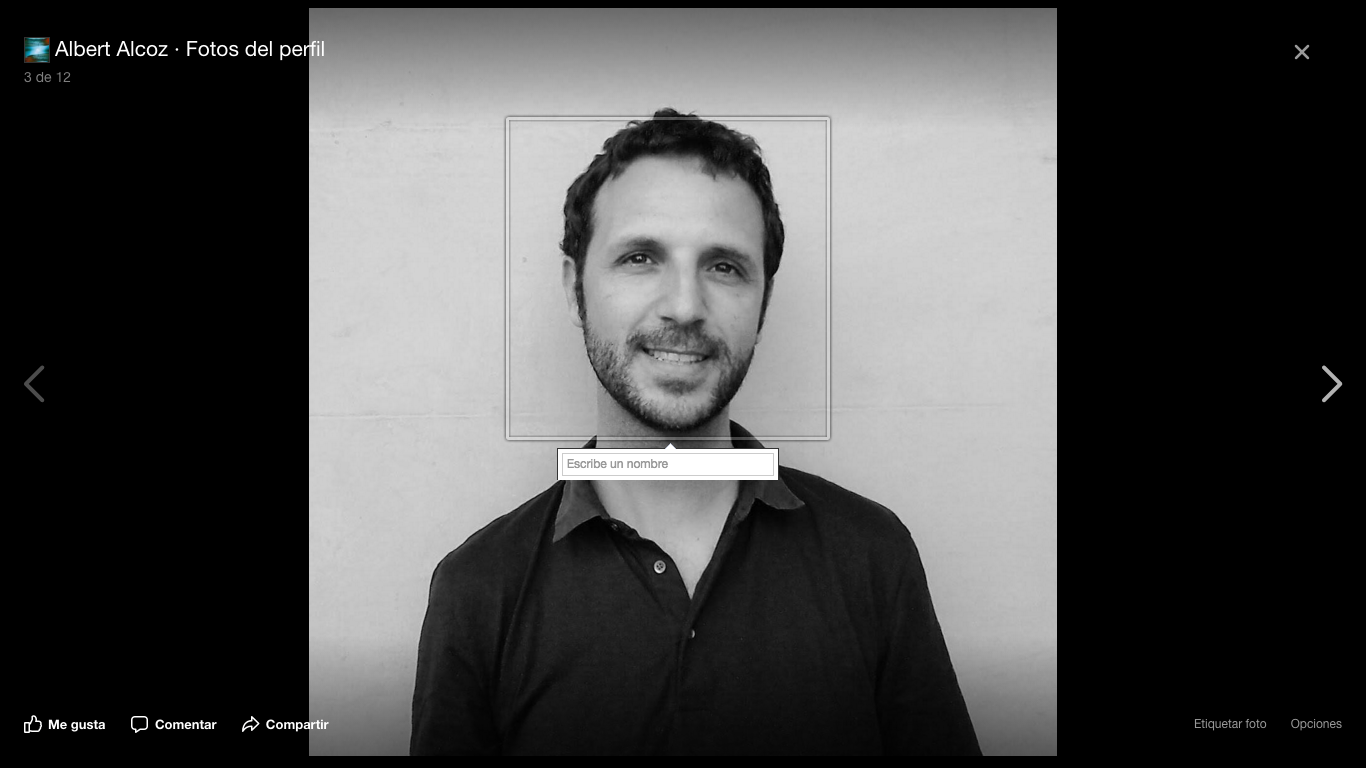Search
To search for an exact match, type the word or phrase you want in quotation marks.
A*DESK has been offering since 2002 contents about criticism and contemporary art. A*DESK has become consolidated thanks to all those who have believed in the project, all those who have followed us, debating, participating and collaborating. Many people have collaborated with A*DESK, and continue to do so. Their efforts, knowledge and belief in the project are what make it grow internationally. At A*DESK we have also generated work for over one hundred professionals in culture, from small collaborations with reviews and classes, to more prolonged and intense collaborations.
At A*DESK we believe in the need for free and universal access to culture and knowledge. We want to carry on being independent, remaining open to more ideas and opinions. If you believe in A*DESK, we need your backing to be able to continue. You can now participate in the project by supporting it. You can choose how much you want to contribute to the project.
You can decide how much you want to bring to the project.

Closing the eyes and listening are two non-correlative gestures. They often should be. Visual overstimulation and the continuous demand for ocular verification, encouraged by the screens of digital devices, make attentive listening – without the mediation of the eye – impossible. The ocularcentrism also evidences this perspective. However, to stop looking sharpens the other senses. Depriving one’s sight refines one’s hearing. Listening without seeing can be a totally enriching action, as long as it is a self-conscious and intermittent action. It encourages a pro-active listening attitude focused on the aesthetic experience. But paying attention to the sound vibrations around us is also an act of courage. On many occasions, one would prefer to cover one’s ears as tightly and as effectively as one closes one’s eyelids. In any urban scenario permanently damaged by the deafening noise of the private vehicle one would like to block the range of its sound waves. The possibility to stop listening to adverse situations and the predisposition to listen to practically imperceptible subtleties are two desires that convey the different textual collaborations of this month.
“Beware, one listens” is a statement derived from the English translation of the notion of attentive listening. Listen carefully is a concept whose adverb incorporates nuances of care and caution. Throughout the month of October 2019, in my proposal as guest editor of A*Desk, are summoned theoretical reasonings and artistic interventions that invite to think about listening. The different contributions propose political, aesthetic and informative reflections in which the debate on musicality infiltrates. Auditory appreciation, in a historical moment characterized by the ubiquity of music after the dematerialization of its supports, allows the audience and its ears to be placed at the center of the debate.
In her preliminary writing, the theorist Carmen Pardo Salgado stops at the wax cylinder of Thomas Edison’s phonograph, the ear of the painter Vincent Van Gogh and the sound project Surround Me: A Song Cycle for the City of London (2010-2011) by the Scottish artist Susan Philipsz to articulate an essay that, in auditory terms, defends “distraction” as a “measure of protection”. Promoting “another tempo in the listener’s ear” is one of the conclusions of a conspicuous analysis of aurality in the global city.
The musician and visual artist Arnau Sala Saez investigates the diffuse forms of entoptic phenomenology to elaborate an artistic project deployed through three axes: sound recordings distributed in six sections, a set of abstract graphic compositions and an explanatory text that argues the physical exploration of the phenomenon, as well as the established process of creation. The resulting sound pieces draw electronic microsounds that sketch synthetic textures tracing imaginary auditory scenarios.
Shak Benavides explains the experience of directing TeslaFM, a radio station focused on a commendable task: disseminating musical practices with experimental roots. Electroacoustics, avant-garde electronics and sound art are some of the fields covered by a radio medium that broadcasts both the spectral recordings of the nineteenth century and the most unsuspected musical artefacts of today. His vast musical background is also manifested through his eclectic work as Dj Shak and the hauntological exploration that is Lucius Works Here.
Sam Roig, director of the sound project L’Ull Cec, wonders where the music is. To do so, he organizes a series of questions structured according to specific parameters that a priori would serve to glimpse its location. Questioning interpretation, sonority, silence, listening, the physical support and the score, the text investigates the multiple ontological doubts raised by the music. “What is the difference between thinking about it, listening to it and remembering it?” is one of the key questions of a reflection that questions evocation and illusion in a cochlear key.
These valuable contributions to the aesthetic and ideological connotations of listening can be extended by following the theoretical and artistic proposals – past and future – of each of his collaborators. Attention should also be paid to the exhibition ¿Arte sonoro? curated by Arnau Horta (Fundació Miró de Barcelona, 2019), the compilation of texts Escucha, please edited by José Luis Espejo (Madrid: EXIT, 2019), the vinyl series of the artistic project LEVE (coordinated by Esperanza Collado and Rafael Martín del Pozo since 2011) and the English magazine The Wire, an inexhaustible source of articles for auscultate.
(Featured image: National Scientific and Industrial Research and Inventions Office, George Mabboux’s acoustic horns for locating aircraft, May 31, 1935. CNRS collection, A_3264).

Albert Alcoz is intrigued by film experimentation and videographic exploration, as well as the singular ways of configuring sound through moving images. He writes about the cinematographic medium and the visual arts since he started the Visionary Film website in 2006. He organizes projections in self-managed spaces and collaborates with legitimated art centers. From time to time he films, records or edits his own pieces, alternating found footage, structural cinema, cameraless cinema, expanded cinema, video clip or documentary practice. It is not enough to pay the rent, but teaching is.
"A desk is a dangerous place from which to watch the world" (John Le Carré)